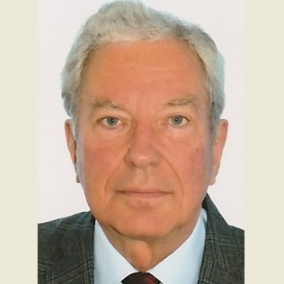Feature Papers in Air Quality
A special issue of Atmosphere (ISSN 2073-4433). This special issue belongs to the section "Air Quality".
Deadline for manuscript submissions: closed (31 December 2022) | Viewed by 78375
Special Issue Editors
Interests: urban air quality; airborne nano/ultrafine particles; aerosols; wind engineering; city, megacities and health; exposure assessment, modelling and inequalities; indoor air quality; energy-pollution nexus; airborne nanoparticles and nanomaterials; transport emission and modelling; air pollution dispersion modelling; technological pollution control and environmental policies; green infrastructure interventions and health mapping
Special Issues, Collections and Topics in MDPI journals
Interests: environmental photochemistry; interfacial oxidations; environmental monitoring; prebiotic chemistry; photocatalytic CO2 reduction; environmental chemistry
Special Issues, Collections and Topics in MDPI journals
Interests: air quality; air pollutants; measurement techniques; meteorological influences; atmospheric data analyses
Special Issues, Collections and Topics in MDPI journals
Special Issue Information
Dear Colleagues,
We are pleased to announce that the Section Air Quality is now compiling a collection of papers submitted by the Editorial Board Members (EBMs) of our journal and outstanding scholars in this research field. We welcome contributions and recommendations from the EBMs.
The purpose of this Special Issue is to publish a set of papers that typify the most exceptional, insightful, influential, and original research articles or reviews. We expect these papers to be widely read and highly influential within the field. All papers in this Special Issue will be collated into a printed edition book after the deadline and will be well promoted.
We would also like to take this opportunity to call on more scholars to join the journal Section Air Quality so that we can work together to further develop this exciting field of research.
Prof. Dr. Prashant Kumar
Dr. Marcelo I. Guzman
Prof. Dr. Klaus Schäfer
Guest Editors
Manuscript Submission Information
Manuscripts should be submitted online at www.mdpi.com by registering and logging in to this website. Once you are registered, click here to go to the submission form. Manuscripts can be submitted until the deadline. All submissions that pass pre-check are peer-reviewed. Accepted papers will be published continuously in the journal (as soon as accepted) and will be listed together on the special issue website. Research articles, review articles as well as short communications are invited. For planned papers, a title and short abstract (about 100 words) can be sent to the Editorial Office for announcement on this website.
Submitted manuscripts should not have been published previously, nor be under consideration for publication elsewhere (except conference proceedings papers). All manuscripts are thoroughly refereed through a single-blind peer-review process. A guide for authors and other relevant information for submission of manuscripts is available on the Instructions for Authors page. Atmosphere is an international peer-reviewed open access monthly journal published by MDPI.
Please visit the Instructions for Authors page before submitting a manuscript. The Article Processing Charge (APC) for publication in this open access journal is 2400 CHF (Swiss Francs). Submitted papers should be well formatted and use good English. Authors may use MDPI's English editing service prior to publication or during author revisions.
Keywords
- sources of atmospheric pollutants
- hazardous and toxic substances
- air quality modelling
- air quality management
- sampling and analysis, measurement of air pollution
- atmospheric dispersion and transport
- air-surface (soil, water, and vegetation) exchange of pollutants
- indoor air quality
- air pollution meteorology
- air pollution climatology
- atmospheric impact assessment
- dry and wet deposition
- atmospheric chemistry
- greenhouse gases
- pollution control technologies
- energy and air pollution
- exposure assessment of air pollution







